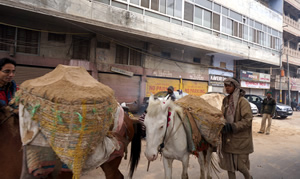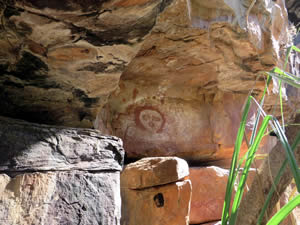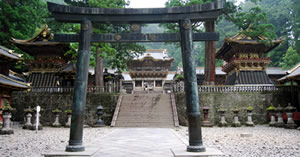
© A Southwell
Human Society and its Environment is a key learning area (KLA) in New South Wales from Kindergarten to Year 12.
The renewal of HSIE K–10 syllabuses began with the History K–10 Syllabus. Development of the NSW Syllabus for the Australian curriculum: Geography K–10 began the implementation process for the Australian curriculum: Geography. This implementation completes the replacement of the HSIE K–6 (1998) syllabus and also replaces the Geography 7–10 (2003) syllabus.
When developing teaching and learning using the geographical inquiry process, it is recommended that teachers start with the Geography K–10 Syllabus (2015) rather than adapt their previous practice.
|
|
View the video Geography: What is it for? developed by the South Australian Department of Education and Child Development. |
The K–10 syllabus outcomes are organised using the knowledge and understanding, and skills objectives. These objectives organise the stage outcomes into a continuum of learning. Refer to the Table of objectives and outcomes — continuum of learning.
|
|
To guide and develop your thinking about the importance of teaching geography read:
Examine the poster Do you enjoy or are you good at geography? (.pdf) for career opportunities related to the subject of geography. This poster may be suitable for classroom display, particularly in Years 7–10. |
|
|
Activity 1: Why teach geography? Read the aim of the Geography K–10 Syllabus. Reflect on/discuss its implications for the planning of geography K–10. How does the study of geography help students to become informed, responsible and active citizens? Record response in your Activity booklet. Examine statements from the Institute of Australian Geographers, FAQ and the Rationale, Geography K–10 Syllabus. Discuss or reflect on how these support your engagement with geography. Activity 2: Teaching geography Reflect on/discuss the following questions with reference to the information in this and the previous ‘Background’ mini-tab. Record your responses in your Activity booklet.
|

© A Southwell
HSIE incorporates both the Geography K–10 Syllabus and the History K–10 Syllabus.
The New South Wales Geography K–10 Syllabus document includes the agreed Australian curriculum content.
The outcomes and stage statements incorporate the Australian curriculum achievement standards.
The syllabus identifies knowledge and understanding, skills, and values and attitudes that students in NSW schools are expected to achieve in each stage.
|
|
View the presentation Syllabus elements (.ppsx 3MB). |
|
|
Familiarise yourself with the features of the Geography K–10 Syllabus. Navigate to ‘Syllabus elements’ from the side bar menu or by selecting View all syllabus elements from the syllabus home page. Review a range of syllabus elements. |

© G Braiding
Features of the geography syllabus include:
-
a focus on in-depth geographical inquiry
-
the use of focus areas to organise syllabus content, with physical and human geography focus areas represented in all stages
-
the use of subheadings to organise the content for each focus area
-
defined geographical concepts which support geographical inquiry using skills and tools, scoped for each stage
-
continuums for outcomes, concepts, inquiry skills and tools that support differentiated learning, K–10.
The BOSTES website for new NSW syllabuses includes three tools in the left-hand menu bar: search, filter content and download.
Search allows you to do a keyword search within one syllabus or across several syllabuses.
Filter content allows you to filter syllabuses for learning across the curriculum content. You can search one or more syllabuses, one or more stages and one or more learning across the curriculum content areas. Geography, and history, provide substantial subject specific support for learning across the curriculum, including Aboriginal and Torres Strait Islander histories and cultures, Asia and Australia’s engagement with Asia, sustainability, and civics and citizenship.
Download gives you the option of downloading an entire syllabus or a selected stage (useful when planning and programming for a specific stage). You also have the option to download a Word or PDF document.
|
|
Consider:
|

© A Southwell
The discipline of geography requires consistent use of geographical terminology.
Developing students’ use of geographical vocabulary enhances their geographical understandings and enables learning.
Geographical terms are linked to the glossary in the online syllabus. However defining additional terms will be necessary.
Consistent use of language supports, and in turn is supported by, the continuums of learning.
|
|
How can you enhance opportunities for students to hear, speak, read and write the technical language required to undertake a geographical inquiry?
|





